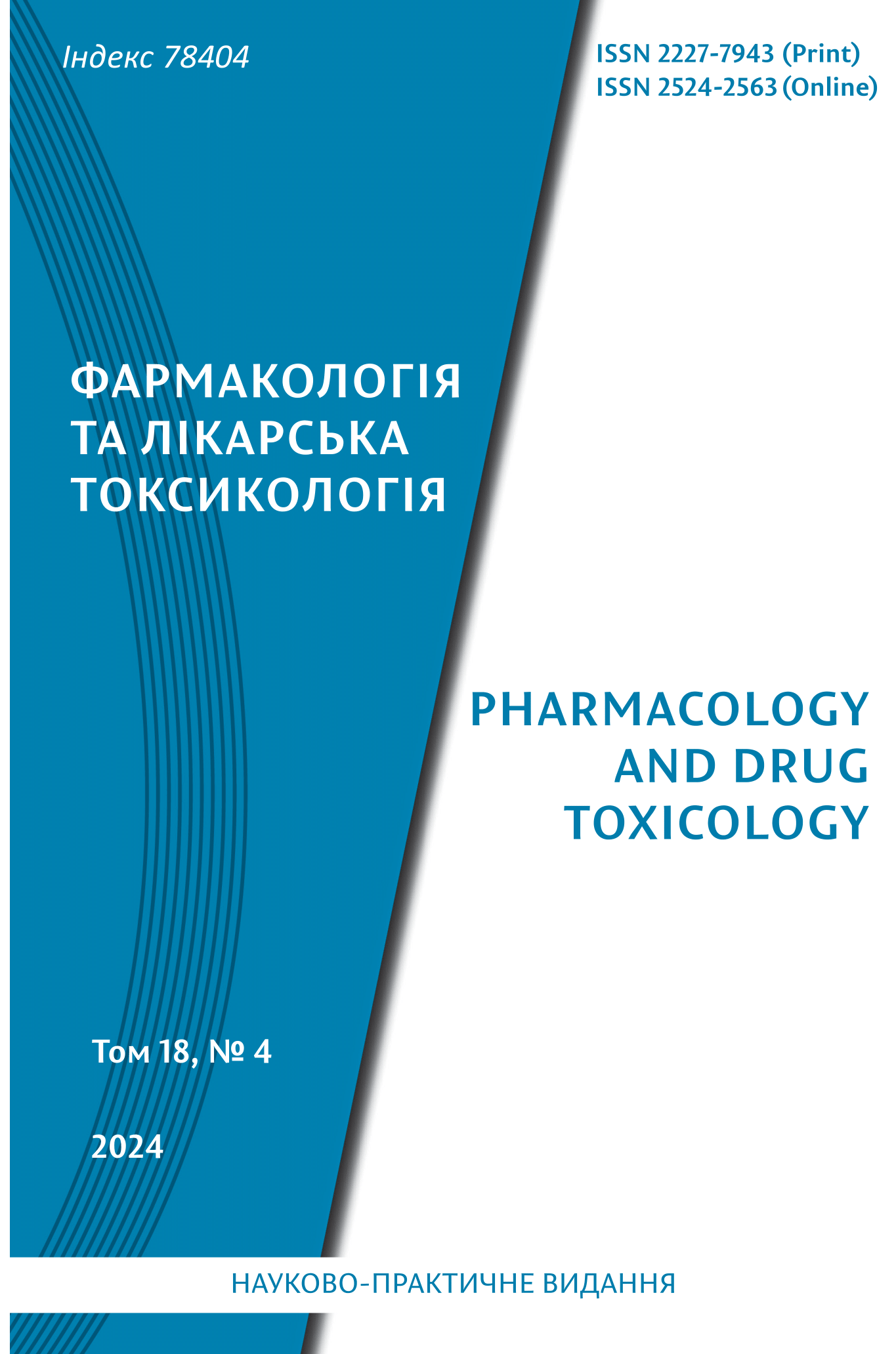Abstract
It is known that traumatic brain injury (TBI) is one of the main causes of death and disability among people of all ages. Recently, the risk of TBI has increased dramatically in Ukraine, not only for the military, but also for civilians. After traumatic brain injury a cascade of multidirectional metabolic changes begins in the brain, including protein carbonylation, increased lipid peroxidation, free radicals formation, impaired neurotransmitters release and energy imbalance, which are associated with the development of various functional disorders. The search for effective drugs to eliminate or prevent these complications is very important. Nowadays, although edaravone has a limited range of indications (alleviation of neurological symptoms and functional disorders associated with acute ischemic stroke, as well as slowing the progression of functional disorders in amyotrophic lateral sclerosis), the known mechanisms of its pharmacological action may be useful in other conditions of the central nervous system, where oxidative stress plays a leading role in pathogenesis. The aim of this study was to examine the effect of edaravone on biomarkers of carbonyl oxidative stress in rats with TBI. Modeling of TBI was carried out by applying a directed mechanical injury to the area of the scalped skull with a metal bar (450 g) falling from a height of 170 cm. Advanced oxidation protein products (AOPP), thiobarbituric acid reactive substances (TBARS), protein carbonyls (PC370, PC430), the content of lactate and ischemia modified albumin (IMA) in serum and S1 fractions of the cerebral cortex and hippocampus of experimental animals were studied using spectrophotometry. It was established, that the modeling of TBI was associated with an elevation of PC430, AOPP and lactate in serum. Simultaneously, the levels of TBARS, IMA and lactate also were increased in the brain homogenates in addition to the above-mentioned changes. In our study edaravone demonstrated efficacy in reducing the levels of some specific biomarkers of oxidative stress. In particular, the administration of the drug was accompanied by a decrease in elevated contents of PC430, AOPP and lactate in serum, indicating its ability to systemically attenuate oxidative damage. It should be noted that a characteristic feature of the drug in case of TBI was its effect on the course of oxidative stress in the hippocampus. In addition, the ability of edaravone to a moderate increase in lactate production can be explained not by the phenomena of lactic acidosis, but by the activation of glia to meet the energy needs of the neurons in the injured brain. The results obtained provide valuable insight into the potential therapeutic effects of edaravone in TBI, but require further studies to elucidate more detailed mechanisms of therapeutic action of this drug.
